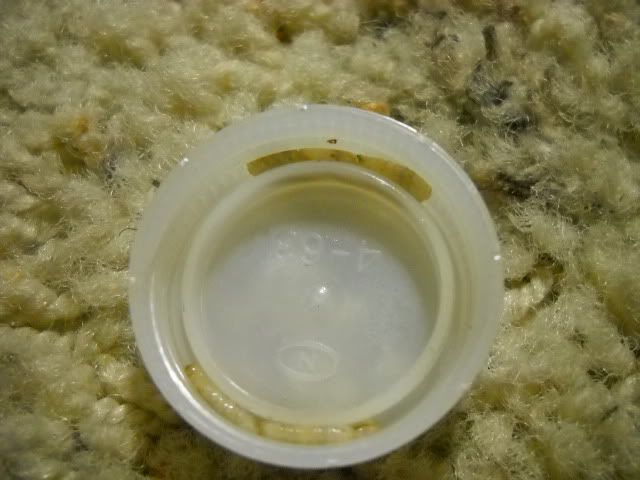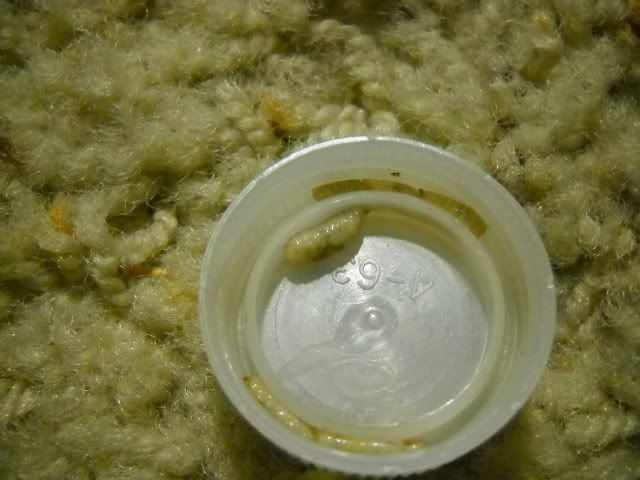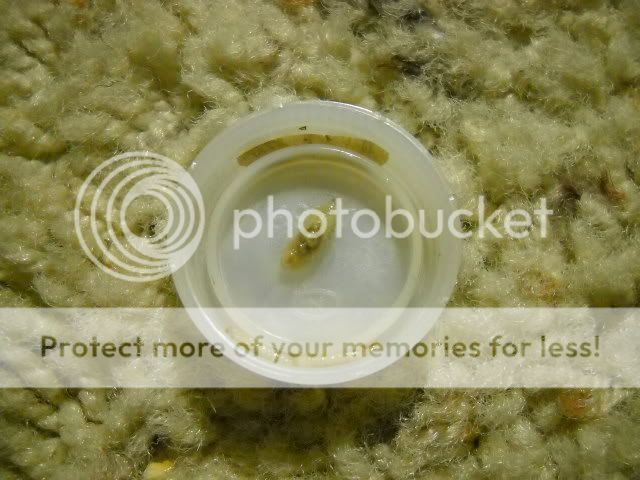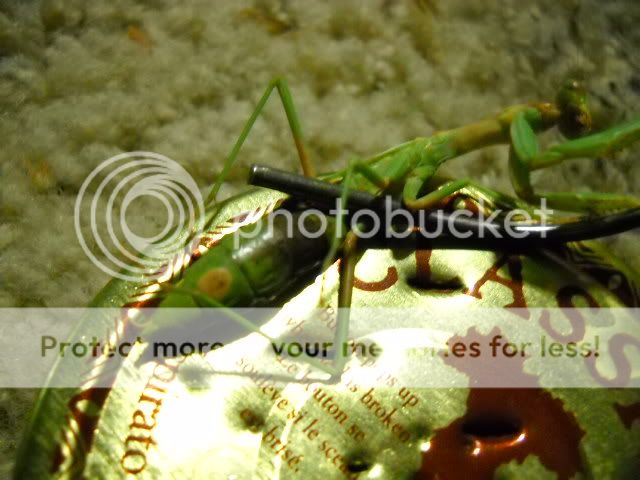MantidLord
Well-known member
Hello. I found an adult female Iris oratoria today in the morning. I thought she was lethargic but I decided to catch her anyway. So, I put her in a plastic water bottle I keep for wild mantids, and took her to school. During first period, I take her out and see five maggots squirming around the container. Clearly they burst out of her. After a while, they crawled to the top of the container and seemingly pupated. Later at home, another one came out. She's still alive somewhat, obviously about to die, and you can see the bruising on her abdomen. I'm going to attempt to raise this parasite and hopefully infect another mantis to see how this mantis got infected in the first place. Whether it be that she ate an egg, a small instar larvae, was attacked by a large or even small adult fly, or what. I placed the pupae and the maggot in some soil, the maggot immediately began digging in the soil. I'm warming them up just like I warm my ooths. Hopefully they eclose. I took pics of one maggot and the five pupae as well as the mantis. I will post them tomorrow.

















































